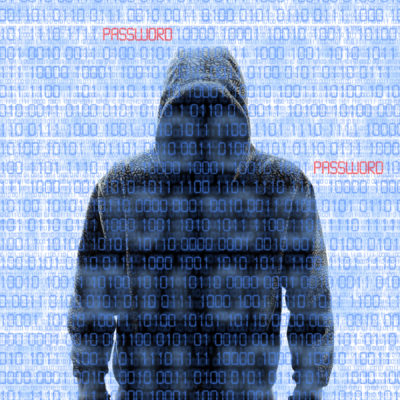New SANDAG reports finds an increase in violent crime
By SDCN Editor
San Diego, CA–The violent crime rate has increased in the San Diego region according to a new SANDAG report by the Criminal Justice Research Division, 43 Years of Crime in the San Diego Region: 1980 Through 2022.
In addition, SANDAG also released a summary of annual crime statistics by jurisdiction.
As part of a cooperative agreement with San Diego County law enforcement agencies, the SANDAG Criminal Justice Clearinghouse compiled Uniform Crime Reporting statistics monthly for each jurisdiction, reporting on crime trends twice annually. With the recent release of the crime bulletin, 43 Years of Crime in the San Diego Region 1980-2022, the agency’s CJ Flash report highlights some key statistics related to the homicides reported this year within the region.
Over the past 43 years, there have been fluctuations in the number of homicides in the San Diego region, with the high being 278 in 1991 and the low being 67 in 2010. Despite a 9% decrease in the homicide rate in 2022, compared to the previous year, every homicide remains an unacceptable loss, according to the report.
The report added that the decrease in homicides, however, was not consistent by jurisdiction, with the number of homicides by each city in the county varying dramatically, ranging from 0 to 51 homicides. The largest increase in homicide numbers was seen in Lakeside and National City, which each had 4 more homicides in 2022, bringing the totals from 1 to 5 and 3 to 7. Carlsbad, San Marcos, and Solana Beach saw their homicide numbers drop to 0 in 2022 (compared to 2, 3, and 1 in 2021). The number of homicides in each jurisdiction may vary based on the size of the cities.
The report also found a 9% decrease in homicides in the San Diego region. As of the release of this report, 84 of the 107 homicides had an identifiable motive. The most common motive was related to an argument (51%), followed by gang-related activity (15%). The most common weapon used was a firearm (60%).
When looking at the weapons used in homicides, the report highlights the high proportion caused by firearms. Homicides that involved firearms were much more common (60%) than those involving other weapons, such as a knife or sharp object (20%), personal weapon like one’s hands or feet (10%), or a blunt object (5%). This is an important issue as the percentage of firearms being utilized as the primary homicide weapon in 6 out 10 incidents in the last five years.
Property crime rates were 5% lower in 2022, compared to 2021, and are the second lowest in the past 43 years. In terms of dollar value, over $304 million worth of property was stolen in the San Diego region in 2022, which is an average of about $833,000 per day.
“Despite the increase, the surge in violent crime was relatively low compared to other metropolitan cities in the U.S. The San Diego region is still among the safest in the country,” said SANDAG Principal Criminal Justice Researcher Dr. Octavio Rodriguez Ferreira. “That is why it’s important we continue to work together collaboratively and creatively with communities to prevent and address crime.”
The SANDAG report for 2022 included other notable findings:
- Hate crime reports increased by 9% from 2021.
- Violent crimes against senior citizens were up 8%.
- Robberies increased by 10%.
- Motor vehicle theft was up 2%.
- Burglaries increased by 2-3%, resulting from a 9-10% increase in non-residential burglaries and a 56% decrease in residential burglaries.
This is the final year that the annual crime report will include crimes reported through the Uniform Crime Reporting program. It has transitioned to the National Incident-Based Reporting System, and all future reports will include the new standardized data. With this transition, the overall quality of crime data will improve as additional details of crime incidents will be collected, allowing for more timely and comprehensive data analysis.
Since 1980, SANDAG has reported crime statistics for the San Diego region through a cooperative agreement with local law enforcement agencies. These data are used by local law enforcement, policymakers, and communities to track public safety and the effectiveness of crime prevention and response efforts over time. SANDAG will continue to use data to understand current trends and to inform and create a fairer region.







